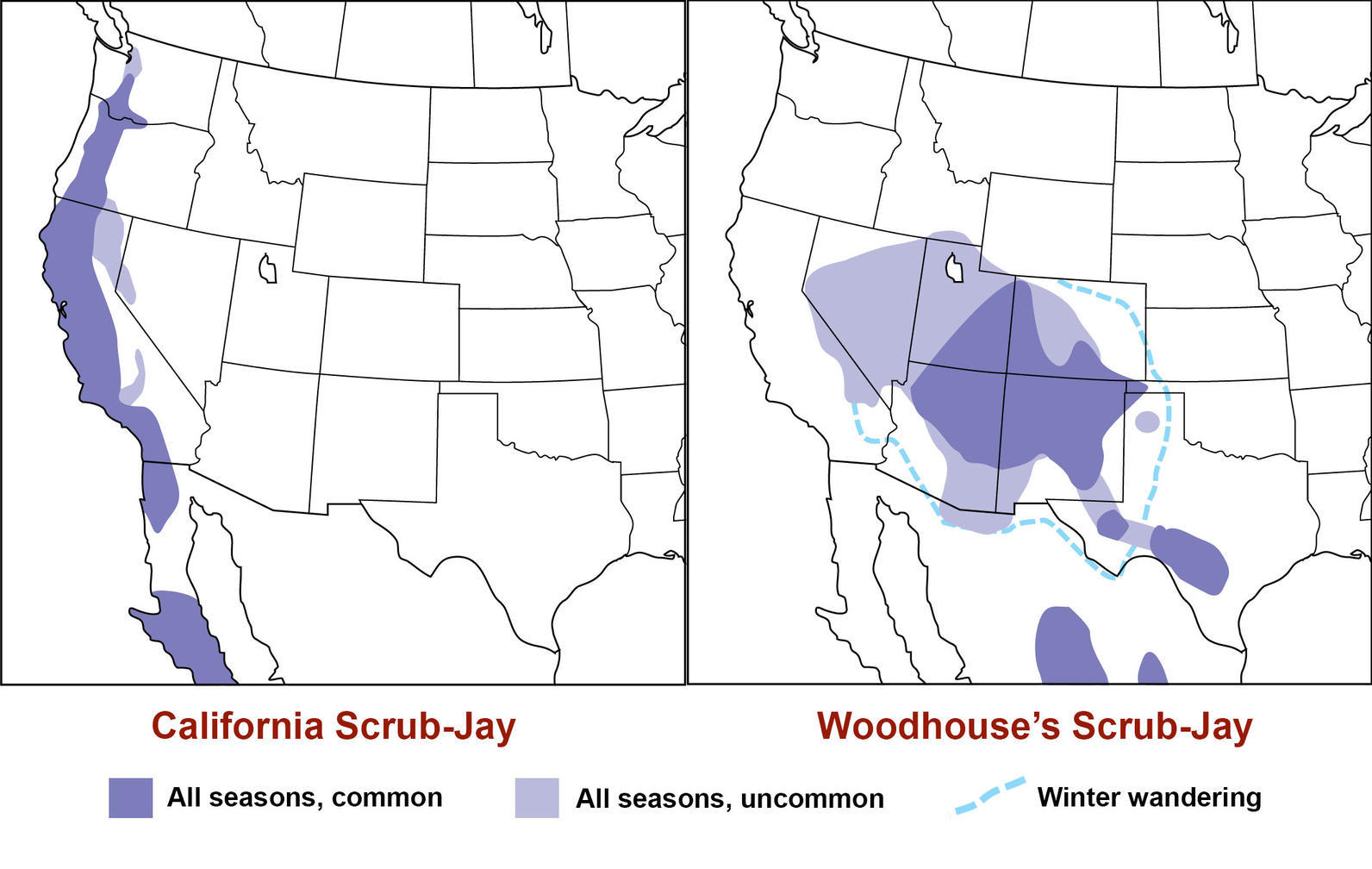Latest News and Updates from Audubon in California
California Condor. Photo: Scott Frier/USFWS

Our friends at Audubon Magazine have a nice overview of the new official bird checklist from the American Ornithologists' Union. Jumping out at us is the new split of the Western Scrub Jay into two species, the California Scrub Jay and the Woodhouse's Scrub Jay. The California Scrub Jay isn't a total endemic, however, covering ground from Baja to Washington State. But, hey, we'll be happy to call it our own. And we'll continue to remind our friends that the spunky blue bird they saw in Los Angeles was not a Blue Jay.
Jamie Williams, President of the Wilderness Society, and Nancy Pfund, Founder and Managing Partner of DBL Partners, pleaded with the Bureau of Land Management to finalize California's Desert Renewable Energy Conservation Plan (DRECP). They argue in their post on The Hill that DRECP would help make California a leader not just in renewable energy, but in renewable energy that works well with wildlife conservation. An excerpt:
"The need for a solid plan is clear in the California desert, a region already feeling the impacts of prolonged drought and rising temperatures from climate change. If we’re going to get serious about slowing the march toward extinction for many native plants and animals, we must move swiftly to invest in clean energy, while taking steps to conserve wild places. With protection, these desert lands can become a wide, connected safe-haven, providing enough space for plants and animals to migrate and adapt to a warming temperatures....
...As leaders in both conservation and renewable energy, we encourage the BLM [Bureau of Land Management] to move quickly to finalize the Desert Renewable Energy Conservation Plan. We can seek renewable energy solutions without spoiling our precious public lands. California is poised to demonstrate to the nation that ambitious goals, combined with intelligent planning, can yield exceptional results. Let’s push this innovative plan over the finish line."
Read the whole post here.
Bird LA Day 2016 from McCain Merren on Vimeo.
Huge thanks to everyont that took part in this year's Bird LA Day. This year, we had more participants, and more partners, than ever before. Huge thanks to Susan and Dan Gotlieb, who supported the creation of this video.
The Los Angeles Times's Patt Morrison interviews Tim Krantz, a University of Redlands environmental studies professor, about what's at stake at the Salton Sea. An excerpt:
"If you had a 30-second TV spot to make your pitch for saving the Salton Sea, what would it say?
The sea is not an accident. It's not there in the isolated desert. It affects 1.5 million people who live around it. It's not a local, regional problem; it's much broader. To deal with it retroactively, only after thousands of people have lost their lives, only after property values from Palm Springs to the border have declined, only after the fish and wildlife values, the migratory bird values have been lost — we're facing the dilemma in perpetuity, trying to put Band-Aids on the problem. Or we can spend that money now and maybe get a return on our investment in short order."
Read the whole piece here.
Our newsletter is fun way to get our latest stories and important conservation updates from across the state.
Help secure the future for birds at risk from climate change, habitat loss and other threats. Your support will power our science, education, advocacy and on-the-ground conservation efforts.
Join the thousands of Californians that support the proposed Chuckwalla National Monument.